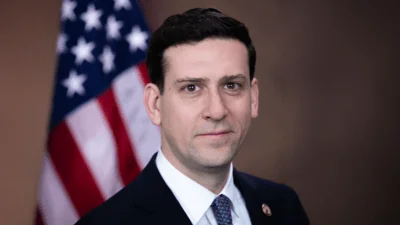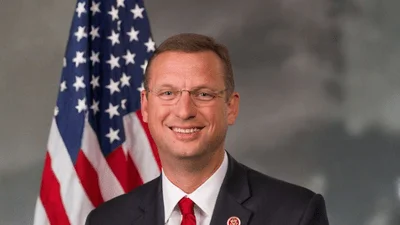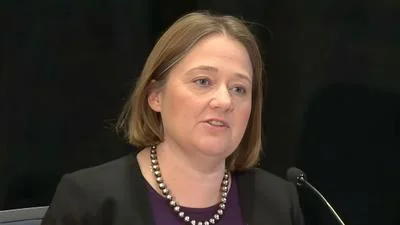Energy and Commerce Chairman Frank Pallone, Jr. (D-NJ) delivered the following remarks today at an Oversight and Investigations hearing entitled, “DOE’s Mounting Cleanup Costs: Billions in Environmental Liability and Growing":
Today, the Committee continues its oversight of the Department of Energy (DOE) and the Office of Environmental Management’s (EM) efforts to clean up the legacy nuclear waste sites remaining from the Cold War.
Decades of producing materials for our country’s nuclear weapons program has led to a massive and ongoing cleanup of nuclear and hazardous waste.
These sites contain some of the most dangerous materials on earth and some of the costliest and technically challenging to clean up. Waste at these sites consists of millions of gallons of radioactive waste, thousands of tons of spent nuclear fuel and other nuclear material, as well as contaminated soil and water. The consequences for not getting this right are enormous - to the environment, human health and the taxpayer.
The U.S. government is responsible for costs associated with cleaning up these contaminants at federal sites and facilities, and the estimated cost of future environmental cleanup is referred to as “environmental liability."
DOE is currently responsible for over 80 percent of the federal government’s total environmental liability, which includes ongoing DOE cleanup efforts at 16 sites around the country. The costs associated with this effort are vast and rapidly growing. As of this year, it has climbed to a staggering $377 billion.
One would expect that, over time, as more money is spent, DOE’s environmental liability would be decreasing. But just the opposite is occurring. Since 2011, DOE has seen environmental liabilities grow by over $200 billion dollars, while spending in the same period was $48 billion dollars.
So, even though we are spending billions each year, environmental liabilities are growing at a level that is outpacing DOE’s spending.
In 2017, and again in 2019, the Government Accountability Office included the federal government’s environmental liabilities on its High Risk List. GAO continues to find numerous management challenges with how DOE is managing the cleanup effort.
For example, according to GAO, DOE has not conducted a root cause analysis to learn why the runaway growth in environmental liabilities has occurred. That means DOE does not know with certainty why this number keeps climbing.
GAO has also found that DOE fails to follow program and project management leading practices.
This is all extremely concerning considering that DOE has also inconsistently reported on its cleanup status to Congress, and information that has been reported has been incomplete or misleading. DOE’s recent budget materials for EM also do not reflect the funding EM anticipates is needed to meet its future cleanup responsibilities.
I appreciate that Assistant Secretary White is taking positive steps which appear to reflect her understanding of the significant challenges facing DOE. But DOE needs to answer some key questions about how they are managing the cleanup program. This Committee needs to know if EM is planning to make the changes GAO says are necessary, what resources it needs to make these changes, and who is responsible for implementing these changes.
Finally, DOE needs money to do these cleanups - and I don’t understand how the Trump Administration’s proposed budget cuts to this office would help DOE accomplish this enormous mission.
As we look forward to the difficult cleanup tasks ahead, this Committee will continue to call on GAO to conduct its important work in this area and will continue to demand the DOE take tangible actions necessary to build a disciplined and effective cleanup program.
Madam Chair, these are some of the most costly, dangerous, and difficult sites in the world to cleanup. We must get this right.




